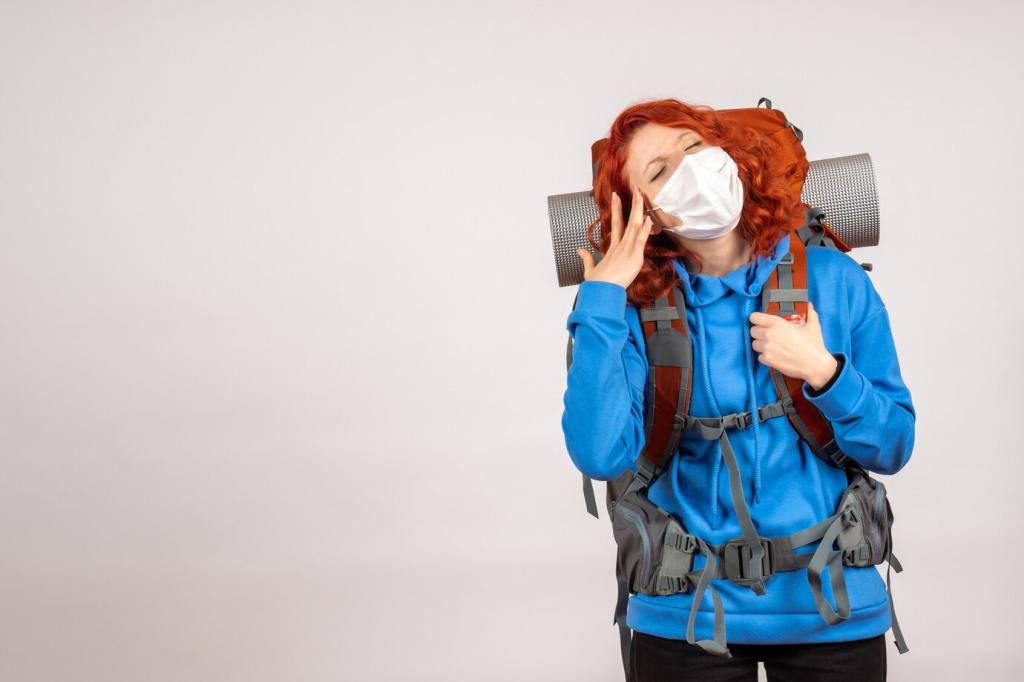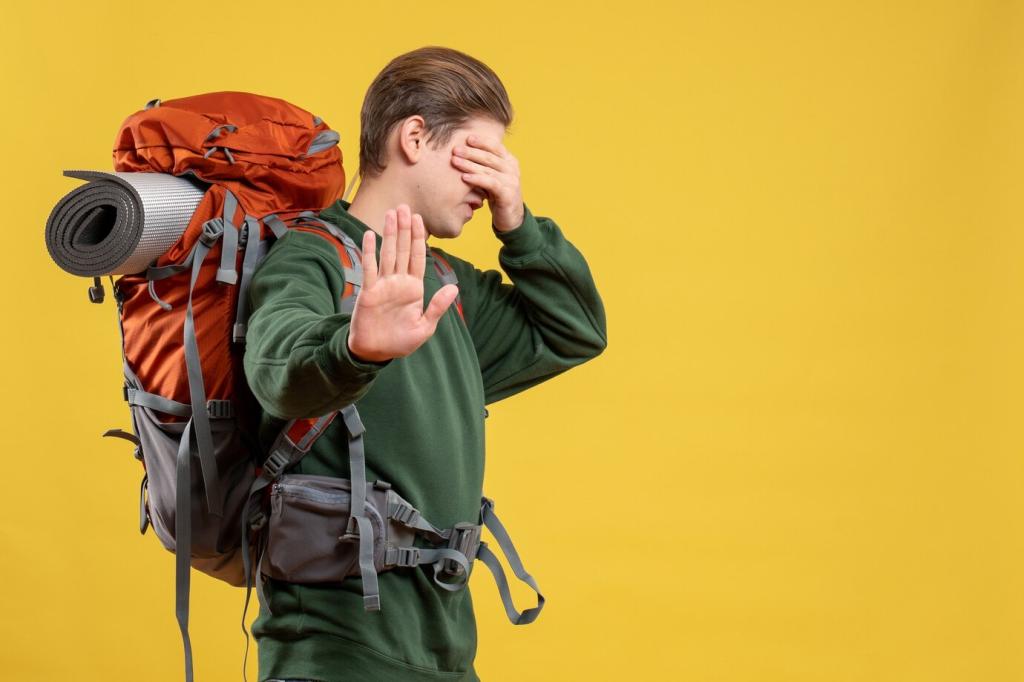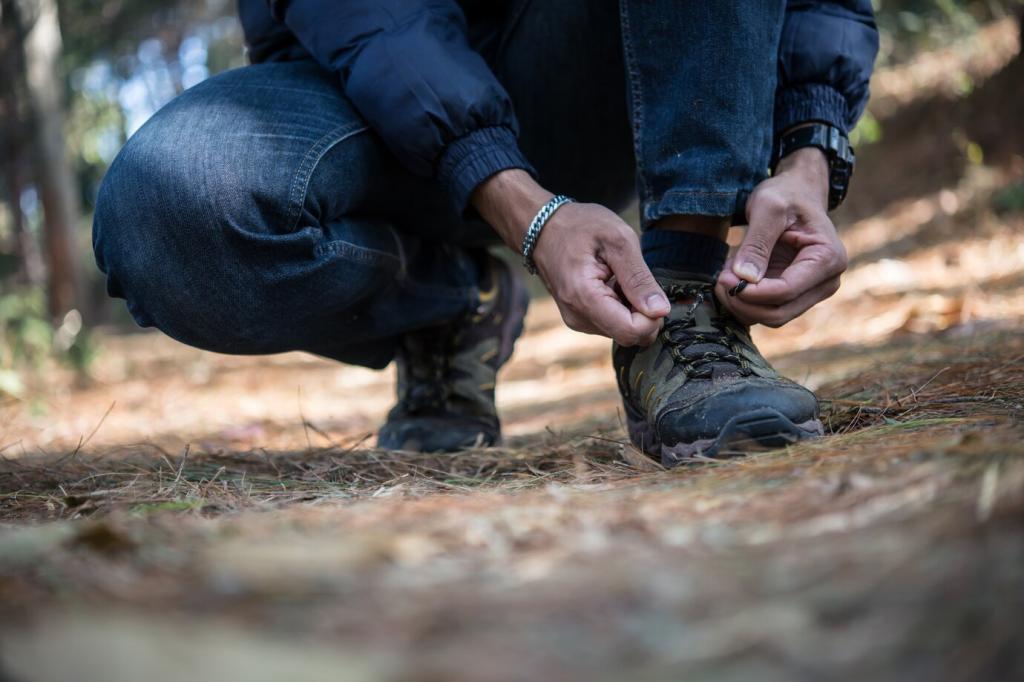Chosen Theme: Best Practices for Navigating Mountain Trails Safely
Step onto the ridge with confidence. Chosen theme: Best Practices for Navigating Mountain Trails Safely. Explore proven techniques, real stories, and smart habits that keep every step steady. Subscribe for fresh trail wisdom, and share your experience to help others hike home happy.
Pre-Trip Planning Essentials for Safe Mountain Travel
Topo maps and recent trip reports reveal elevation gain, exposure, water sources, and possible bail-out options. Trace the route on a paper map, then load offline digital maps for redundancy. Note tricky junctions, seasonal bridges, and alternative exits to stay adaptable.
Pre-Trip Planning Essentials for Safe Mountain Travel
Mountains create their own weather. Compare hourly forecasts, winds, freezing levels, and avalanche bulletins with sunset times and temperature swings. Identify safe weather windows and define hard no-go thresholds at home, before excitement clouds judgment on a ridge or summit push.
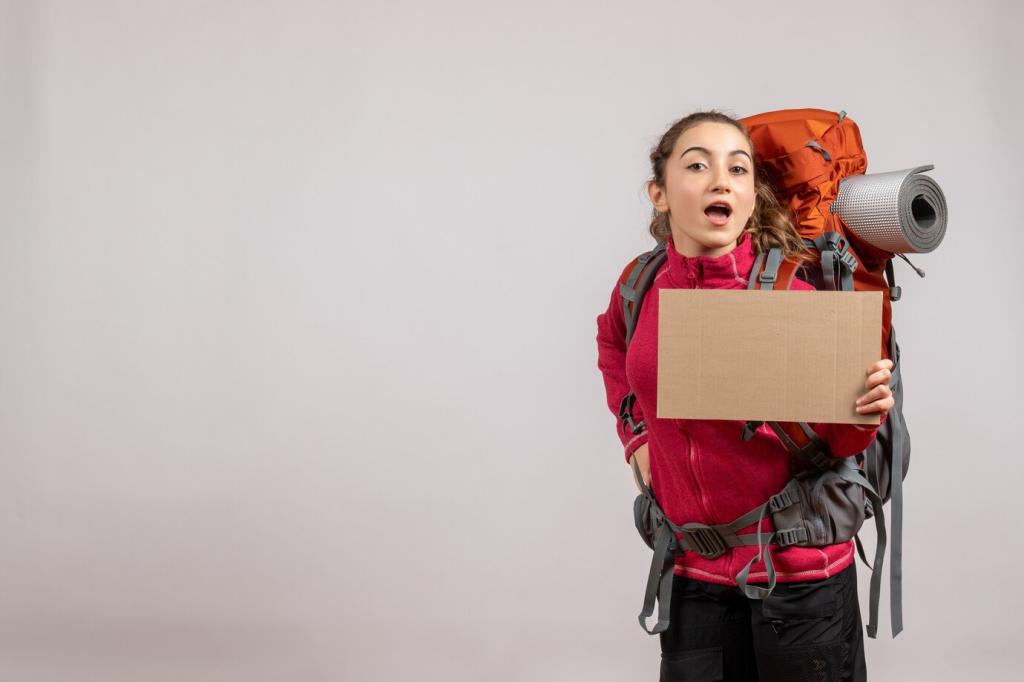
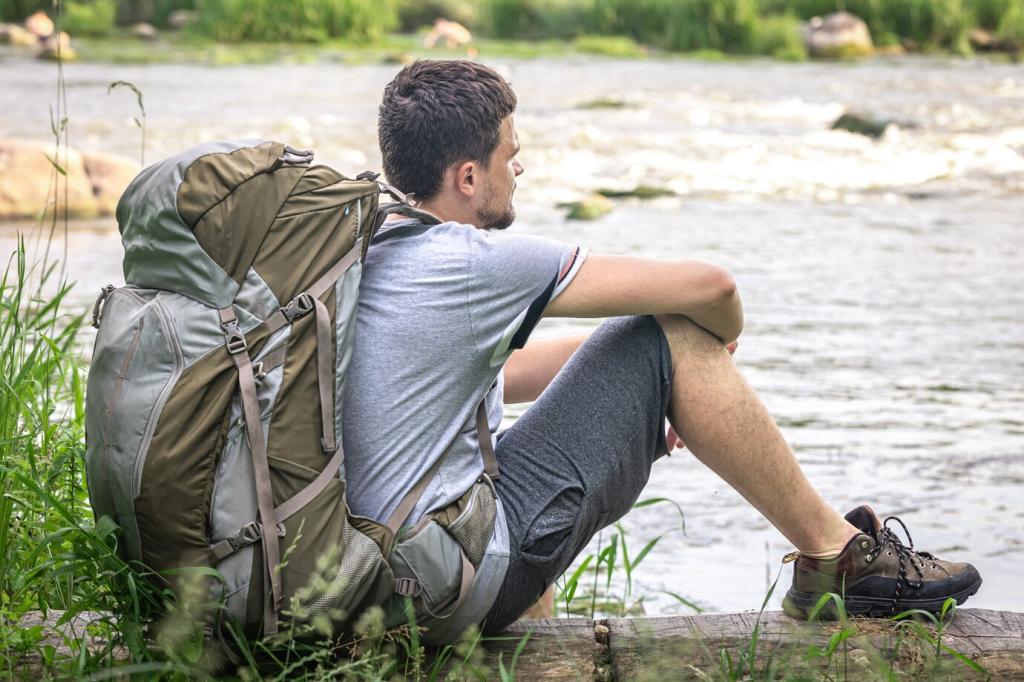
Gear That Protects: Building a Reliable Safety Kit
Choose supportive, grippy boots matched to terrain, not marketing. Use a moisture-wicking base, insulating mid, and weatherproof shell to manage sweat, wind, and sudden cold. Add sun protection, gloves, warm hat, and spare socks. Small comfort choices prevent big safety problems.
Gear That Protects: Building a Reliable Safety Kit
Carry a paper topo map, a compass you practice with, and a GPS or phone with offline maps. Protect electronics from cold to preserve battery life, and bring a power bank. Redundancy matters when fog drifts in or cairns disappear beneath fresh snow.
Map and Compass Techniques that Anchor Every Step
Practice bearings, pacing, and terrain association. Orient the map, match landforms to contours, and keep a running mental map updated at each landmark. Verify waypoints at junctions, resist following footprints, and pause often to confirm the last known point before proceeding.
Reading Markers: Cairns, Blazes, and Subtle Clues
Learn regional marker styles and their limits. Cairns migrate, blazes fade, and cut logs deceive after storms. When markers vanish, slow down, fan out briefly, and regroup. Use terrain handrails like ridgelines, drainages, and treelines to guide careful, conservative navigation choices.
Staying Oriented in Fog, Snow, and Darkness
In low visibility, shrink spacing, follow set bearings, and avoid steep fall lines. Use reflective markers and deliberate, short steps. If uncertainty grows, stop and reassess rather than compounding errors. Waiting safely often beats wandering blindly into exposure, cliffs, or avalanche-prone slopes.
Pacing, Hydration, and Nutrition for Risk Reduction
Turnaround Times that Protect the Descent
Set conservative turnaround times based on daylight, forecast changes, group pace, and terrain complexity, not summit dreams. Try the fifty-percent rule: half your time or energy to the high point, half reserved for descent. Celebrate sticking to the plan when conditions tighten suddenly.
Hydration Strategy and Water Treatment
Drink before thirst. Carry enough water for hot stretches and bring reliable treatment—filter, chemical, or UV—for refills. Add electrolytes during big climbs. Proper hydration reduces cramps, decision fatigue, and missteps that often happen late in the day on tired legs.
Fueling with Familiar, Calorie-Dense Foods
Pack foods you enjoy at altitude: complex carbs for steady energy, fats for endurance, protein for recovery. Graze hourly to avoid bonks. Practice on training hikes so your gut trusts your plan when weather flips and you need stable focus and strength.
Weather, Terrain, and Wildlife: Managing Dynamic Risks
Thunderstorms and Lightning Protocol
At the first distant rumble, descend from ridges, peaks, and lone trees. Spread out to reduce strike risk, stash poles, and avoid metal contact. Count flash-to-bang to gauge distance, then pace your retreat toward safer terrain below treeline or suitable shelter.
Scree, Snowfields, and Stream Crossings
Test scree for movement, cross snow early with traction, and gauge runouts. Before river fords, unbuckle hip belts, face upstream, plant poles, and move deliberately. If levels rise or footing fails, retreat. Patience beats bravado when cold water and current steal balance.
Respectful Wildlife Encounters and Safety
Give animals space, secure food, and announce yourself in dense brush. Avoid headphones that mask warning cues. Know regional guidance for bears, goats, and moose. Respect seasonal closures protecting habitat and hikers alike, reducing surprise encounters that escalate into dangerous, avoidable situations.
Group Communication and Decisions Under Pressure
Assign Roles and Empower Every Voice
Designate a navigator, pace keeper, and sweep. The leader sets tone, not tempo. Ask quiet members first, normalize changing plans, and praise conservative calls. Psychological safety reveals small concerns before they become big accidents on wet slabs or narrow ridgelines.
Check-In Cadence, Signals, and Contingencies
Use five-minute micro-breaks and hourly check-ins for toes, layers, water, and morale. Establish hand signals for wind and whistles for forests. Predefine regroup points and lost-partner actions so confusion shrinks when weather turns or the trail dissolves into braided, misleading paths.
Countering Biases: Summit Fever and Commitment
Name biases plainly—summit fever, sunk cost, anchoring. Revisit go/no-go criteria set at home. If evidence contradicts hopes, update the plan. Courage often means turning around while conditions are still manageable, preserving energy, confidence, and the chance to try again safely.
Real Stories: Lessons That Strengthen Safe Choices
01
We turned around one ridge below the summit when thunderheads built faster than forecast. Twenty minutes later, hail hammered the traverse we would have been on. That early decision felt like victory, not failure—proof that restraint is a powerful safety skill.
02
At a braided junction, the obvious track drifted off-route. Contours stopped matching. A quick back-bearing and resection put us right. Ten minutes of navigation discipline saved hours, daylight, and energy—and prevented risky night travel through cliff bands and unstable slopes.
03
When a partner rolled an ankle on talus, we stabilized it, redistributed weight, and shortened steps. Slow, deliberate movement reached the trailhead without drama. Preparation turned a potential rescue into a self-sufficient exit, reminding us to practice first-aid before big days out.
